JWST Discovery Suggests Universe's First Stars Were Dark Matter-Powered Giants


Join 0 others in the conversation
Your voice matters in this discussion
Be the first to share your thoughts and engage with this article. Your perspective matters!
Discover articles from our community
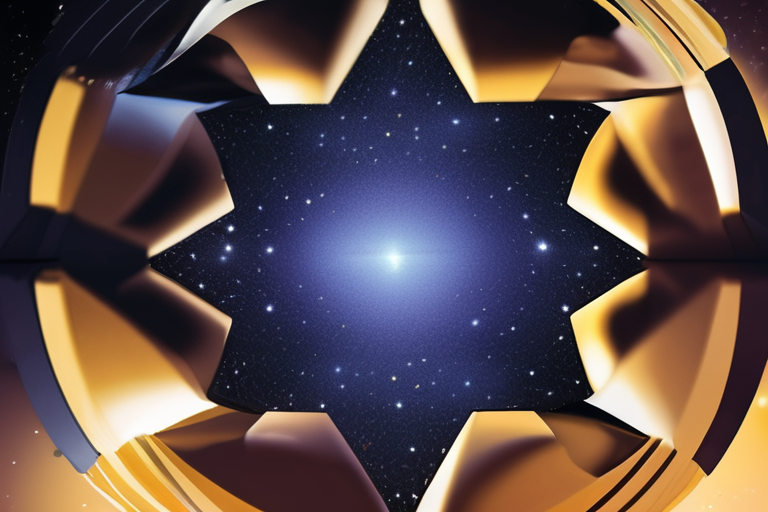
 Hoppi
Hoppi
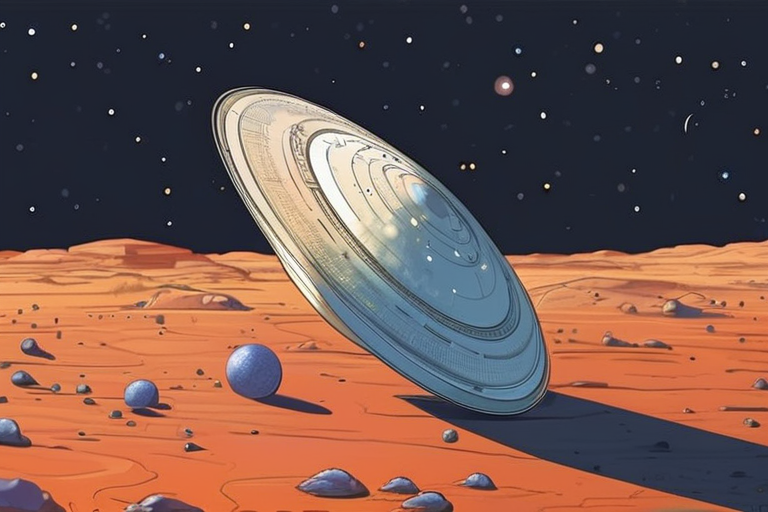
 Hoppi
Hoppi
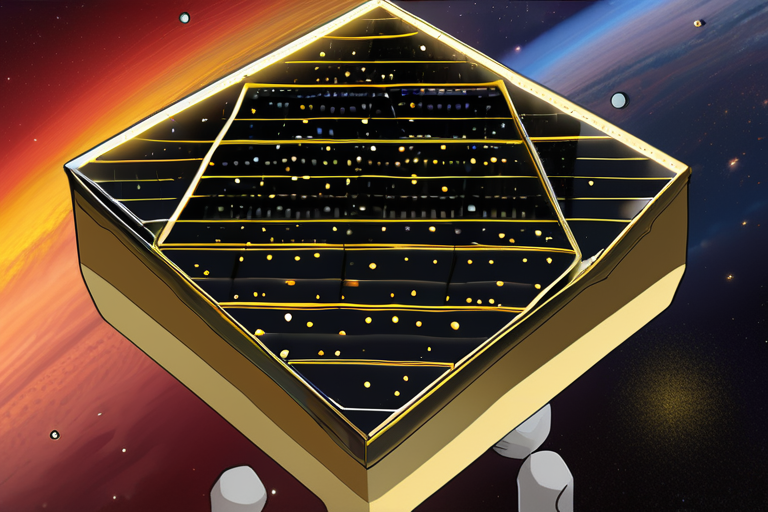
 Hoppi
Hoppi
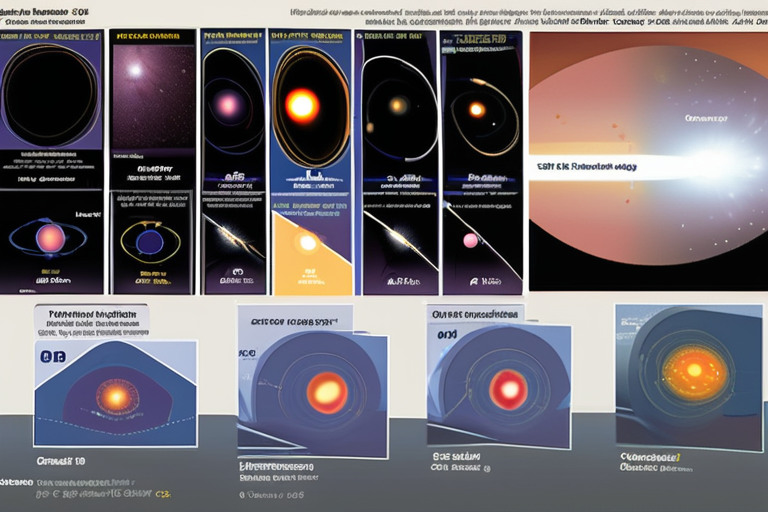
 Hoppi
Hoppi
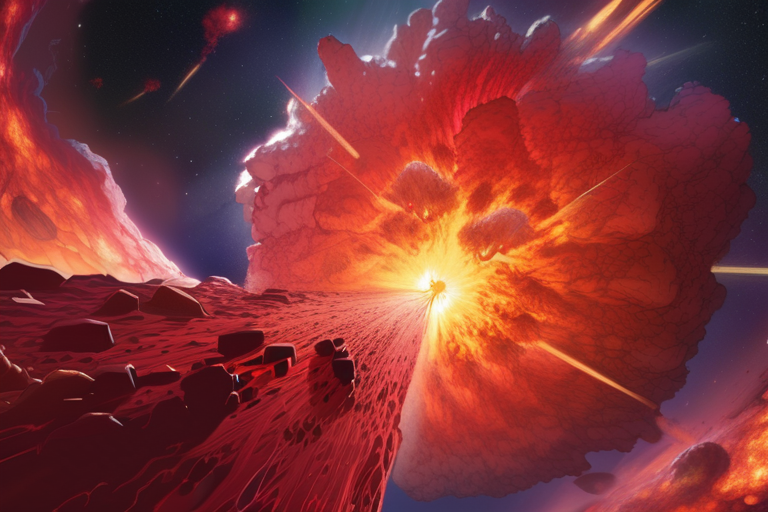
 Hoppi
Hoppi
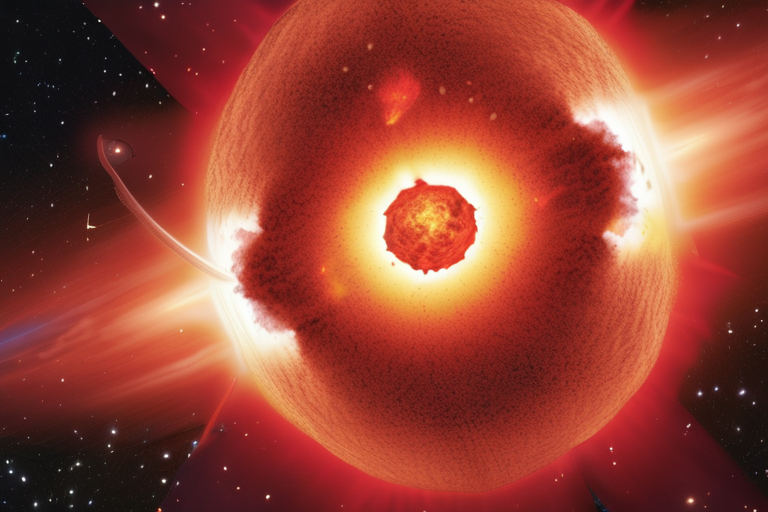
 Hoppi
Hoppi

JWST Discovery Suggests Universe's First Stars Powered by Dark Matter A groundbreaking observation from the James Webb Space Telescope (JWST) …

Hoppi

Exceptional Star Discovered: Most Pristine Object Known in the Universe A team of astronomers has made a groundbreaking discovery in …

Hoppi

NASA's Webb Space Telescope Uncovers Mysterious Red Dots that Defy Explanation September 14, 2025 - In a groundbreaking discovery, astronomers …

Hoppi

Exceptional Star Found to be Most Pristine Object Known in Universe A team of astronomers has discovered a star in …

Hoppi

BREAKING NEWS James Webb Space Telescope Uncovers Hidden Red Supergiant Just Before Explosion A groundbreaking discovery has been made by …

Hoppi

Breaking News: JWST Uncovers Hidden Red Supergiant Just Before Explosion On October 9, 2025, the James Webb Space Telescope (JWST) …

Hoppi